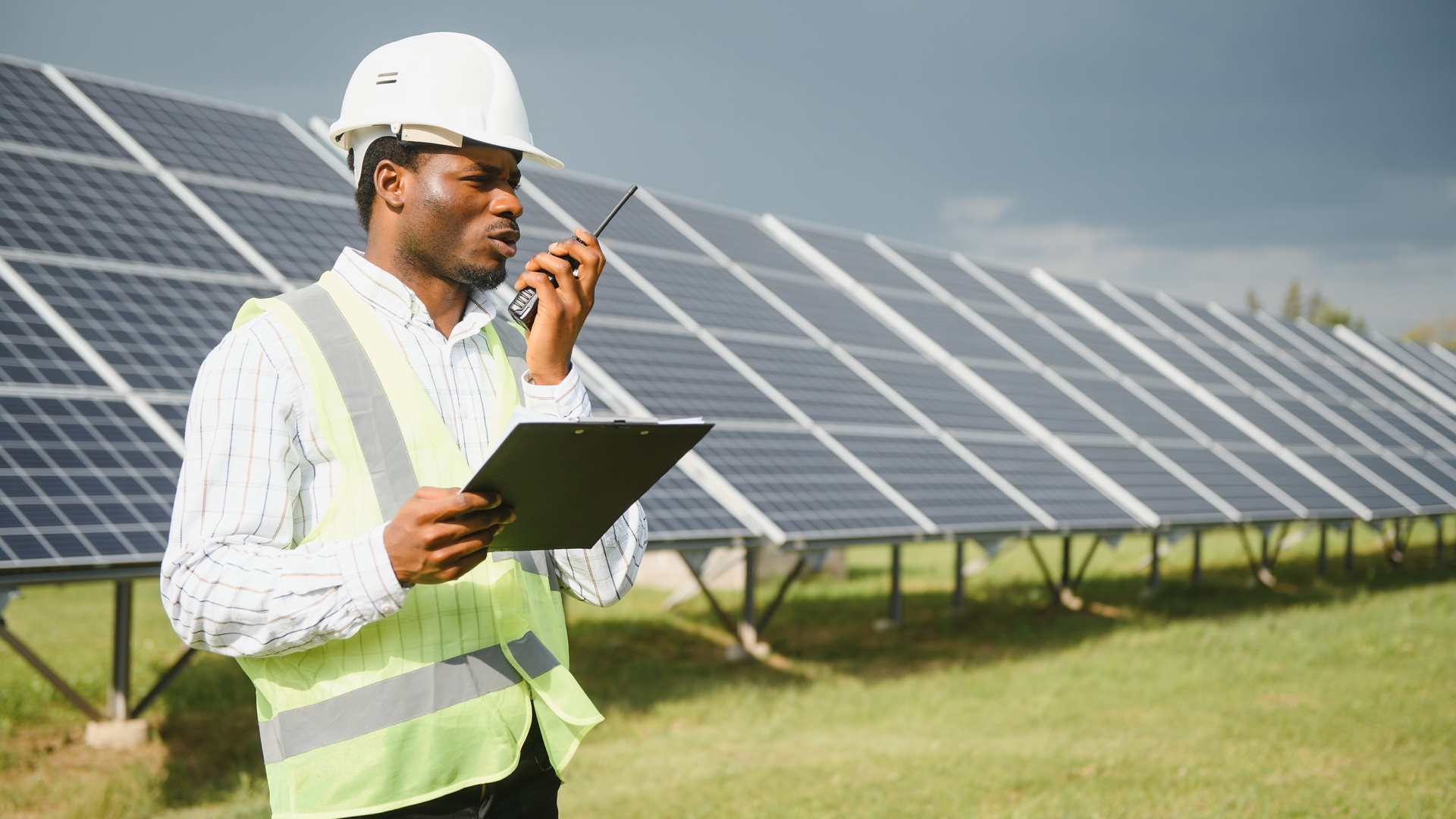How To Use Two-Way Radios Effectively in Extreme Heat

When the temperature rises, using two-way radios effectively can become a significant challenge. Extreme heat puts additional strain on electronic devices, potentially causing performance issues or damage. Whether you’re coordinating outdoor events, managing construction sites, or ensuring safety in remote areas, protecting and optimizing your radio equipment in high temperatures is essential. Continue reading to learn how to use two-way radios effectively in extreme heat.
Keep Radios Cool
Heat and electronics don’t mix well, so it’s critical to store your radios in shaded or cool areas when not in use. Leaving radios exposed to direct sunlight or high temperatures can lead to overheating, which may result in temporary shutdowns or long-term damage. Shade bags, coolers, or insulated carriers can mitigate the effects of external heat. Additionally, avoid placing radios on surfaces that radiate heat, such as metal benches or dashboards, as this can exacerbate overheating issues.
Use Heat-Resistant Accessories
Standard accessories like headsets, microphones, and clips might not hold up well in extreme heat. When temperatures soar, consider upgrading to heat-resistant accessories designed for high-temperature environments. Durable materials make these accessories capable of withstanding prolonged exposure to sunlight and heat, ensuring reliable performance in tough conditions. With the right accessories, you’ll reduce the risk of malfunctions and maintain uninterrupted communication.
Monitor Battery Life
Extreme heat can drain a radio’s battery at a faster pace than usual. Internal components within batteries are sensitive to elevated temperatures and may lose efficiency, leading to shorter operational times. To counter this, always keep an eye on your radio’s battery level and carry fully charged extras as a backup. If your radio system uses rechargeable batteries, avoid charging in hot conditions, as this could further degrade battery performance. Proper monitoring can help you stay connected when you need it most.
Protect Radios From Direct Sunlight
Prolonged exposure to direct sunlight can increase the internal temperature of your radio beyond safe operating limits. Investing in covers or shields designed to reflect sunlight can make a significant difference. These protective accessories reduce heat absorption and guard against UV damage. Position radios away from direct sunlight during idle periods to further minimize the risk of overheating.
Knowing how to use two-way radios effectively in extreme heat depends on your ability to protect and optimize your equipment. By understanding how weather conditions affect radio performance, you can make sure your devices stay reliable even on the hottest days.






